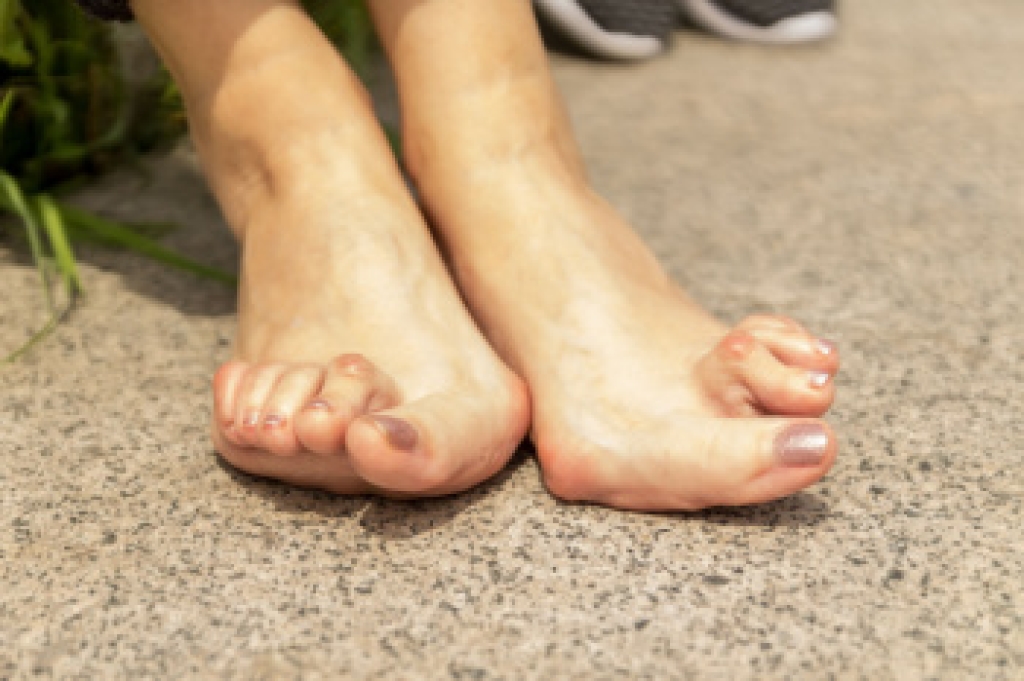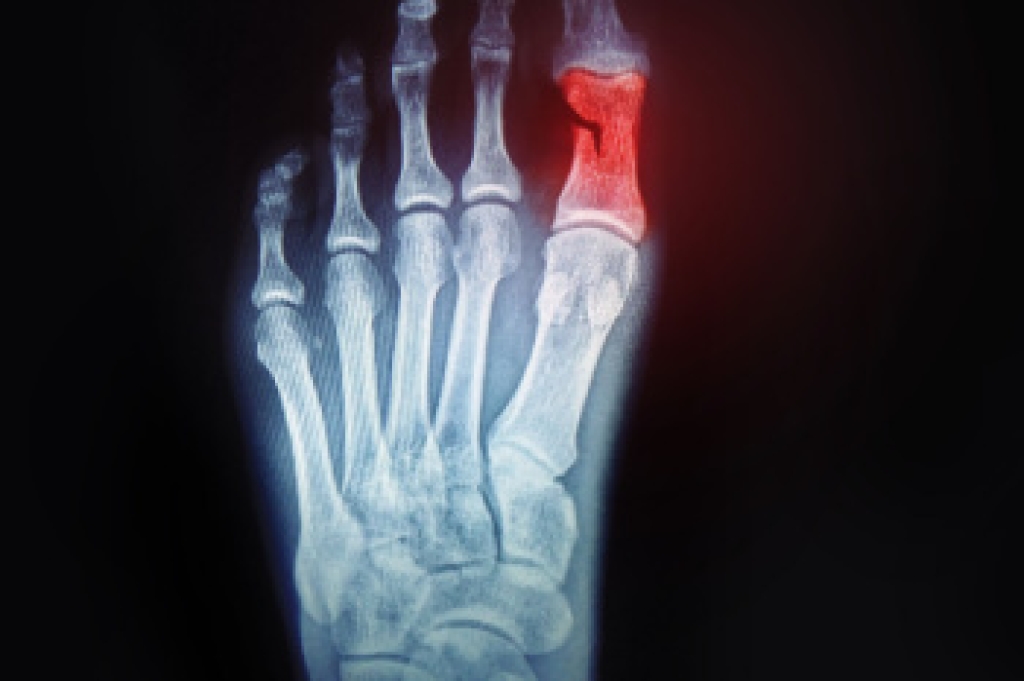
Foot pain while walking can stem from several common conditions. Plantar fasciitis causes sharp heel pain, especially in the morning, due to inflammation of the tissue that connects the heel to the toes. Morton’s neuroma involves a thickening of nerve tissue, usually between the third and fourth toes, leading to burning pain or the feeling of a pebble in the shoe. Metatarsalgia refers to pain in the ball of the foot, often caused by overuse, wearing poorly fitting shoes, or high-impact activities. These conditions may cause swelling, tenderness, or a burning or stabbing sensation. Walking can become difficult, and symptoms may worsen over time without treatment. A podiatrist can help by diagnosing the exact cause through physical exams and imaging. Treatment includes custom orthotics, targeted exercises, footwear changes, medications, corticosteroid injections, or, in some cases, surgery. If you are experiencing foot pain while walking, it is suggested that you schedule an appointment with a podiatrist for appropriate treatment.
Foot Pain
Foot pain can be extremely painful and debilitating. If you have a foot pain, consult with one of our podiatrists from Associates in Podiatry, PC. Our doctors will assess your condition and provide you with quality foot and ankle treatment.
Causes
Foot pain is a very broad condition that could be caused by one or more ailments. The most common include:
- Bunions
- Hammertoes
- Plantar Fasciitis
- Bone Spurs
- Corns
- Tarsal Tunnel Syndrome
- Ingrown Toenails
- Arthritis (such as Gout, Rheumatoid, and Osteoarthritis)
- Flat Feet
- Injury (from stress fractures, broken toe, foot, ankle, Achilles tendon ruptures, and sprains)
- And more
Diagnosis
To figure out the cause of foot pain, podiatrists utilize several different methods. This can range from simple visual inspections and sensation tests to X-rays and MRI scans. Prior medical history, family medical history, and any recent physical traumatic events will all be taken into consideration for a proper diagnosis.
Treatment
Treatment depends upon the cause of the foot pain. Whether it is resting, staying off the foot, or having surgery; podiatrists have a number of treatment options available for foot pain.
If you have any questions, please feel free to contact our offices located in Pittsburgh-South Hills, and Pittsburgh-Bellevue, PA . We offer the newest diagnostic and treatment technologies for all your foot care needs.




